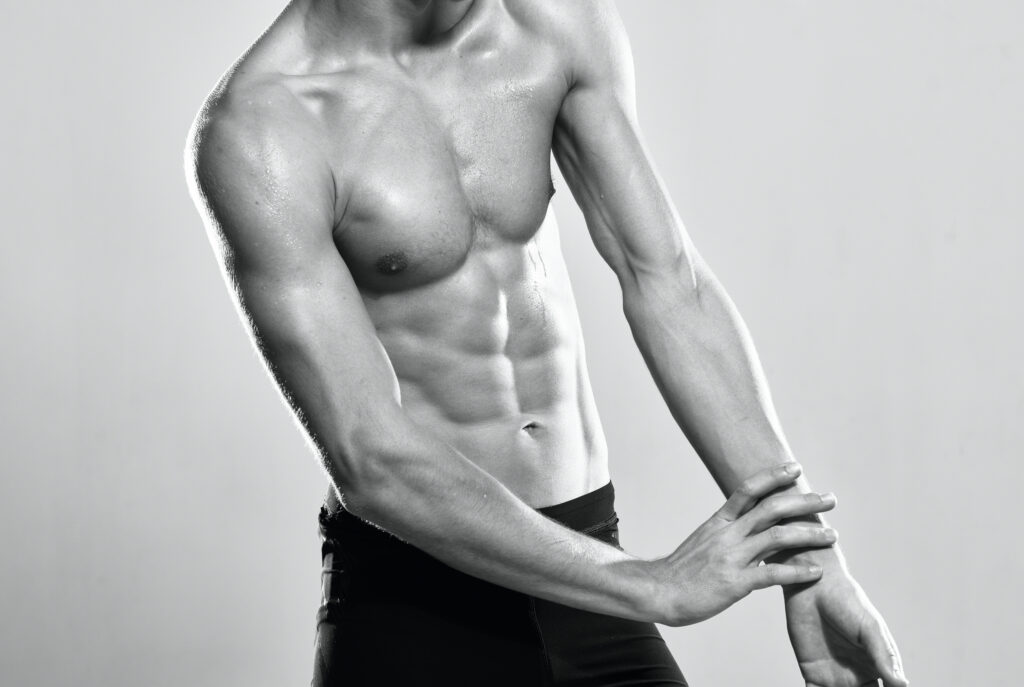Running is primarily an aerobic activity that targets your cardiovascular system, improving heart and lung function. When it comes to muscle building, the impact of running varies based on the type, intensity, and duration of the run.
Regular distance running primarily tones and strengthens the muscles, especially in the lower body, such as the quadriceps, hamstrings, calves, and glutes. Over time, these muscles adapt to the repetitive motion and endurance demands of distance running. They may become more defined and resilient, but they won’t necessarily bulk up like they would with resistance training.
However, sprinting and high-intensity interval training (HIIT) running can have a more pronounced effect on muscle growth. These short, intense bursts of effort require the muscles to generate more power, which can lead to muscle hypertrophy, especially in the leg muscles. When you sprint, your body engages fast-twitch muscle fibers that have greater potential for growth compared to the slow-twitch fibers used in distance running.
It’s also worth noting that running can stimulate the release of human growth hormone and testosterone, both of which play roles in muscle development. However, the extent of this release isn’t as substantial as it would be with intense weight training.
While running does engage and tone various muscle groups, especially in the lower body, it’s not the most efficient way to build substantial muscle mass. If your primary goal is muscle building, incorporating strength training exercises into your routine would be more effective. For those looking to achieve a balanced physique with toned muscles, a combination of running and resistance training can be beneficial. So, while running can help in muscle conditioning and some growth, especially with sprinting, it’s not the primary activity one would choose for muscle-building purposes.

